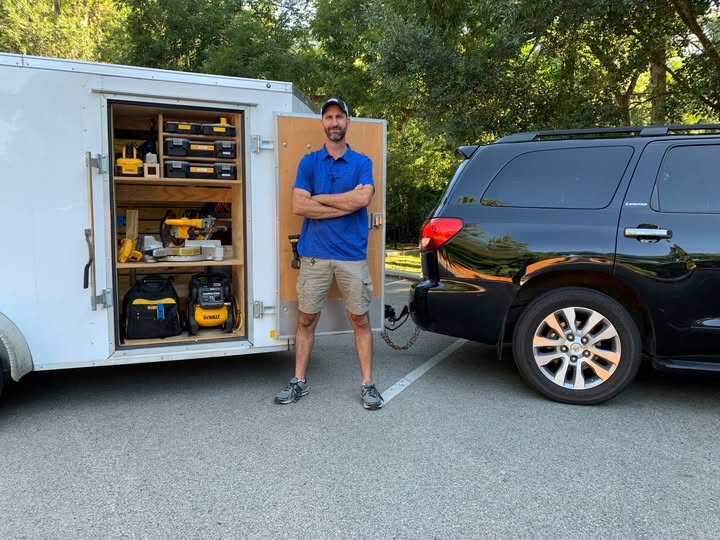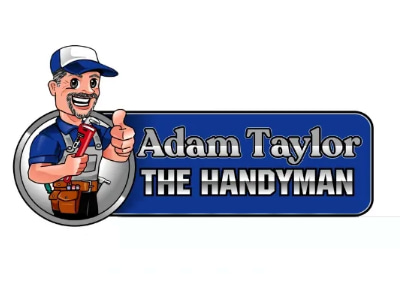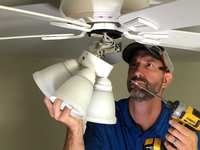- Categories :
- More
How To Repair Or Replace Doors: Fix What You Can, Replace What You Can

Whether it’s your front entry, patio slider, bedroom, or closet door—doors are some of the most-used features in your home. When they start to sag, stick, squeak, or refuse to latch, it’s not just annoying—it’s a sign that something needs attention.
Here’s a no-nonsense guide to repairing all types of residential doors, with tips for when replacement is your best bet.
Common Door Repairs for Every Room and Entry
1. Fix a Sagging Door
Sagging doors are common—especially heavier exterior doors—and often lead to rubbing, latching issues, or frame damage.
Fix:
- Start by tightening all the hinge screws.
- If the top hinge is pulling away from the jamb, replace one of the screws with a 3-inch wood screw. This secures the door to the wall framing and often pulls it back into proper alignment.
2. Adjust the Strike Plate (Fix a Door That Won’t Latch)
Whether it's a front door, bedroom door, or laundry room, if the latch doesn't catch, your strike plate may be misaligned.
Fix:
- Loosen the strike plate and move it slightly to match where the latch hits.
- For more adjustment, remove and reposition it altogether.
- If the latch barely misses, file out the strike plate opening to help it seat correctly.
3. Quiet Squeaky Hinges
This fix applies to all doors, from closet doors to heavy entry doors.
Fix:
- Apply lubricant (like WD-40 or silicone spray) to the hinge pins.
- For long-term relief, remove the pins, clean them, oil them, and reinstall.
4. Fix a Door That Won’t Stay Open
This issue often shows up in older homes or rooms with uneven floors.
Fix:
- Remove a hinge pin—usually the top one—and tap it gently with a hammer to add a slight bend.
- Reinsert the pin. The added friction will help keep the door open.
- If needed, repeat with a second hinge pin for extra hold.
5. Patch Holes and Dents
All doors can take damage—from kicked-in panels to doorknob dents and dog scratches.
Interior Doors (often hollow-core):
- Use wood filler for small holes.
- Fill larger holes with expanding foam, trim, patch, sand, and paint.
Exterior Doors (solid or metal):
- For wood: Fill and sand like above, then paint or stain.
- For metal: Use auto body filler (like Bondo), then prime and paint with a rust-resistant finish.
When It’s Time to Replace a Door
Some doors reach the end of their useful life, especially if:
- The door is warped, swollen, or cracked
- The hardware won’t stay secure
- You’re upgrading your home’s style or energy efficiency
- The frame is damaged or pulling away
Pro Tip: If a door is letting in a draft or doesn't close securely, it could also be affecting your energy bills. In that case, replacing it can be a smart investment.
Hire a Local Pro You Can Trust
From sticky sliders to sagging entry doors, Adam Taylor the Handyman handles all types of door repairs and replacements in The Woodlands, TX. Whether it’s a small fix or a full upgrade, I bring the tools, know-how, and reliable service your home deserves.
Call or Text: [281-827-2614]
The Woodlands, TX & nearby areas
Don’t wrestle with a stubborn door—let’s fix it.
Reach out today for honest, affordable door repair that works.


















